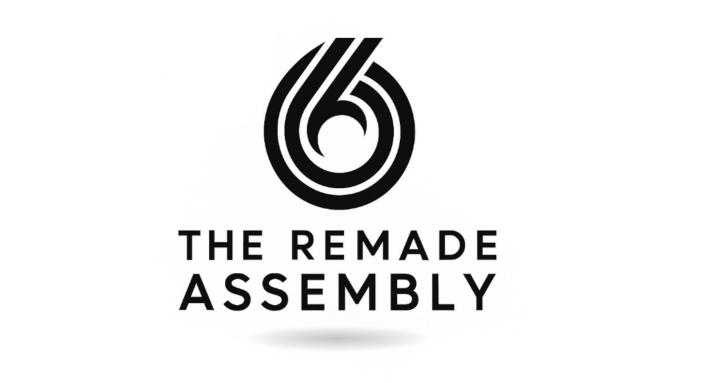Aug 14 • General discussion
Beyond Motivation — Survival Fuel vs Thriving Fuel
Analogy: Motivation is a spark. Purpose is the wood. Systems are how you stack it so it keeps burning.
THE REALITY (SURVIVAL VS THRIVING)
Motivation evolved for survival: find food/water, seek comfort/sex, escape danger. It’s short‑burst fuel. Once basic comfort is met, motivation naturally drops. That’s why you can “feel motivated” in a crisis… and flat when life is fine.
If you want to 'thrive' (build a PhD, a business, a new body), you need a different fuel mix: Purpose (why it matters) + Systems (how you start) + State management (make the body safe enough to act).
WHY ANXIETY KILLS MOTIVATION
• Raises the threat dial → your brain treats starting like danger.
• Shrinks working memory → planning feels overwhelming.
• Rewards avoidance/ checking with short relief → teaches the brain to delay again tomorrow.
WHAT WORKS IN REAL LIFE
1) PURPOSE SNAP (20 seconds)
One sentence: “I’m doing ___ so I can ___.”
Example: “I’m writing 150 words so I can submit Chapter 1 and free my evenings.”
2) 90‑SECOND BODY SET (state first)
• 3 physiological sighs (small inhale → top‑up → long slow exhale)
• 60s 4‑in / 6‑out breathing (quiet, low ribs)
• Look around and name 5 things you can see
3) FIRST BRICK (make it too small to fail)
Choose ONE:
• “Open doc + write 150 ugly words”
• “List 3 bullets for the next slide/video”
• “Reply to 1 message/email”
• “Walk for 5 minutes”
4) 20‑MINUTE SPRINT (system)
Timer on. Flight mode. One tab/file only. When the timer ends, stop or take 2 minutes then run another.
5) IF ANXIETY SPIKES MID‑TASK
Label “Yellow spike” → 3 sighs → spot 5 things → unclench jaw/shoulders → resume the next tiny step. 'No checking/Googling for 15 minutes.
WHY THIS WORKS (plain English)
• The body fires first; we steady it.
• Purpose points you; systems start you.
• Starting creates momentum; momentum makes “motivation” appear after you begin.
YOUR TURN (comment below)
1) Your Purpose Snap (one sentence)
2) Today’s First Brick
3) Report back “done” with minutes completed.
SUBSECTION:
What “Yellow spike” means
Traffic lights:
- Green = safe/connected
- Yellow = alert/edgy (early alarm)
- Red = fight/flight
- Blue = shutdown/low battery
Yellow spike = a sudden jump from Green -> Yellow. It’s the early alarm: body says “pay attention,” but you’re not in full panic.
Typical signs:
- Small surge in heart/breath
- Jaw/shoulders tighten; eyes scan
- Fast “what if?” thought
- Strong urge to check/avoid
- Lasts seconds to a few minutes if you don’t feed it
Why label it “Yellow”:
- Names the state without drama
- Points you to the quick reset instead of checking
- Trains your system that surprise is manageable
Quick reset (60–120s):
1) Say: “Yellow spike.”
2) 3 physiological sighs (small inhale + top-up + long exhale)
3) Look around and name 5 things you can see
4) Unclench jaw/shoulders; shake hands 10 sec
5) Resume one tiny normal action you were doing
Rule: 15-min no-check window (no Googling/mirrors/body scans)
Quick scale:
0–1 Green | 2–5 Yellow (use this) | 6–8 Red (go slower) | 9–10 Overwhelm (sit; aim for “better,” not perfect)
3
5 comments
powered by

skool.com/the-remade-assembly-9980
Rebuild your identity. Regulate your nervous system. Become who you were meant to be—without the mask, the burnout, or the old survival self.
Suggested communities
Powered by
